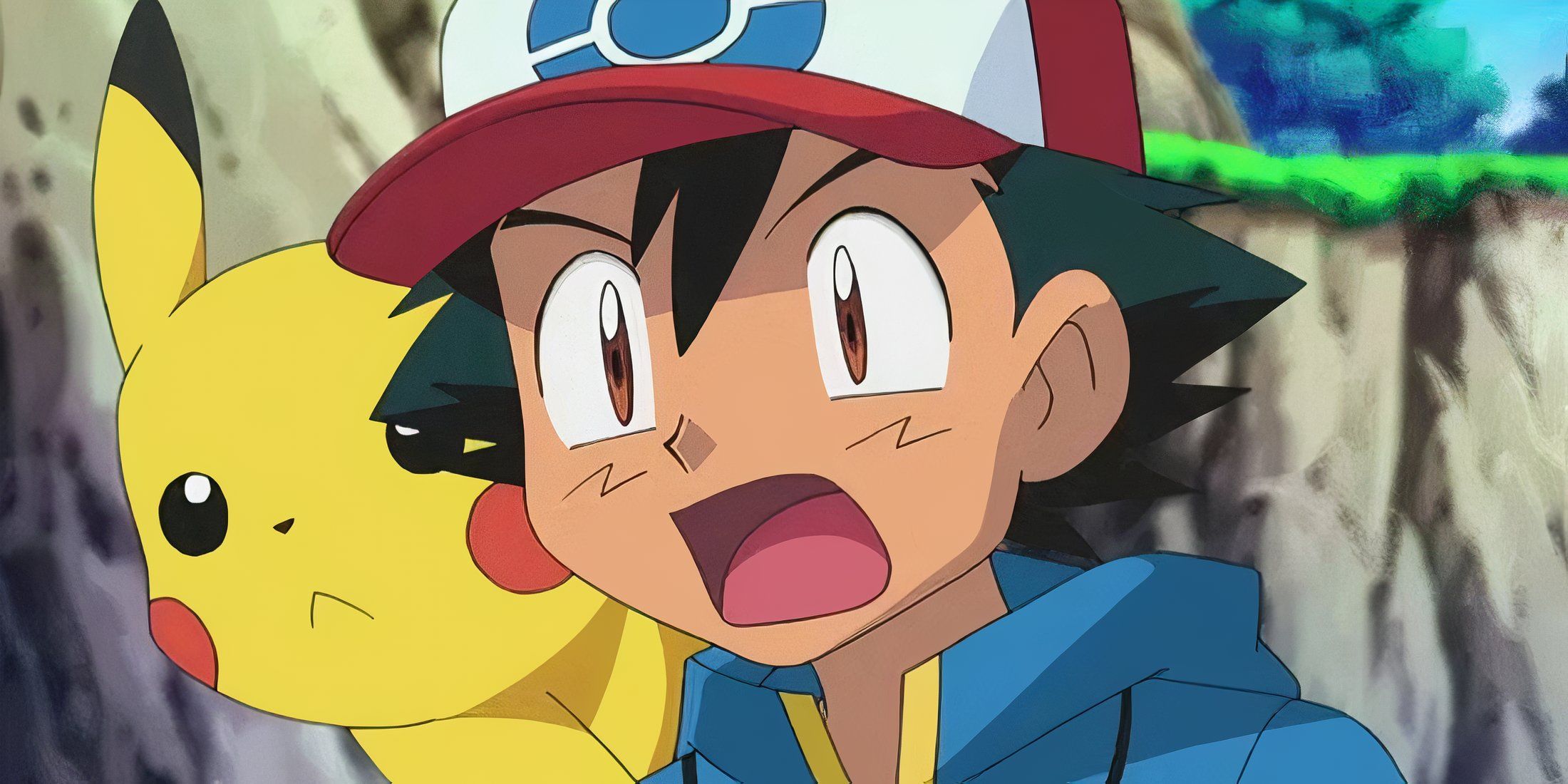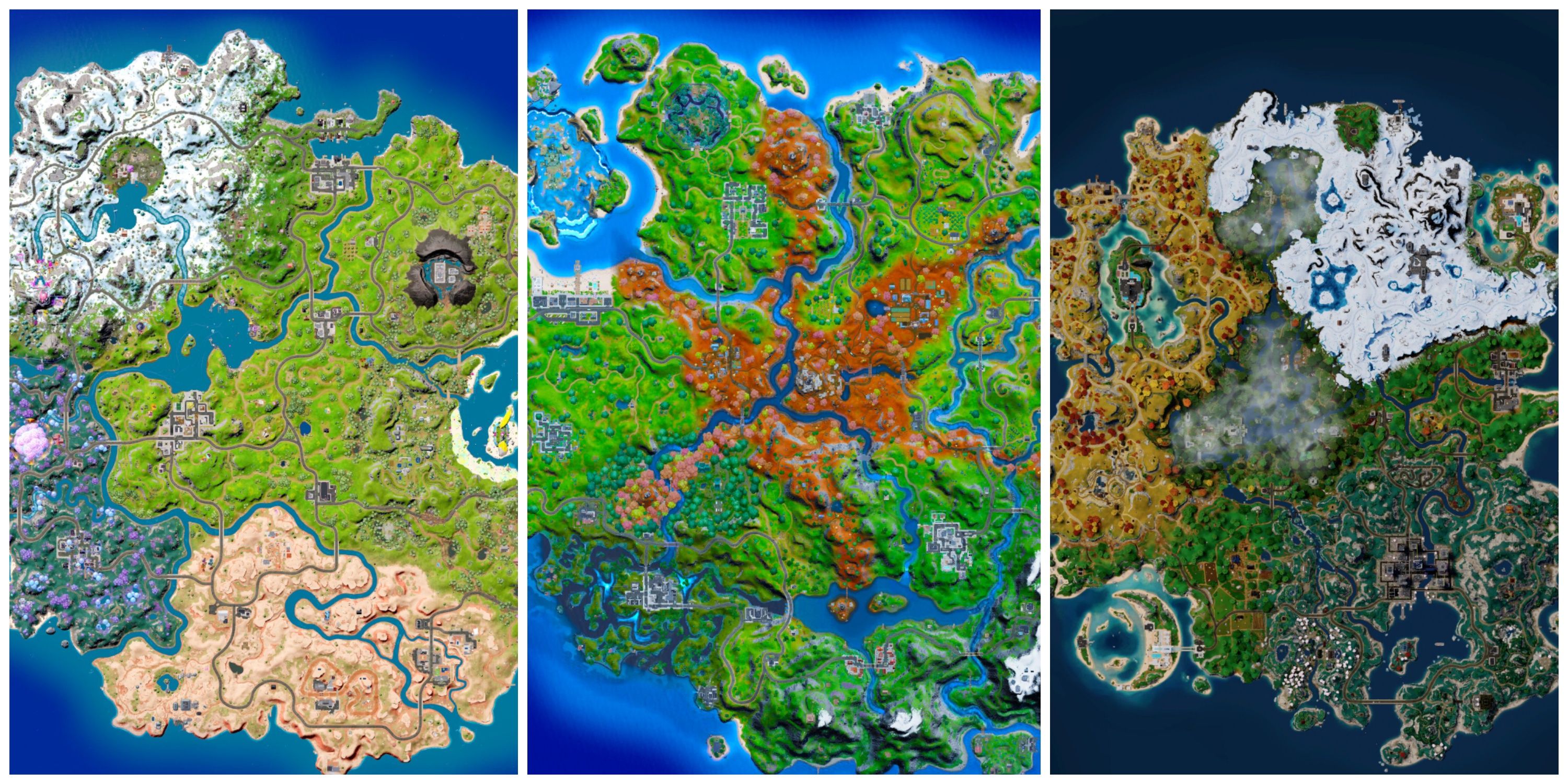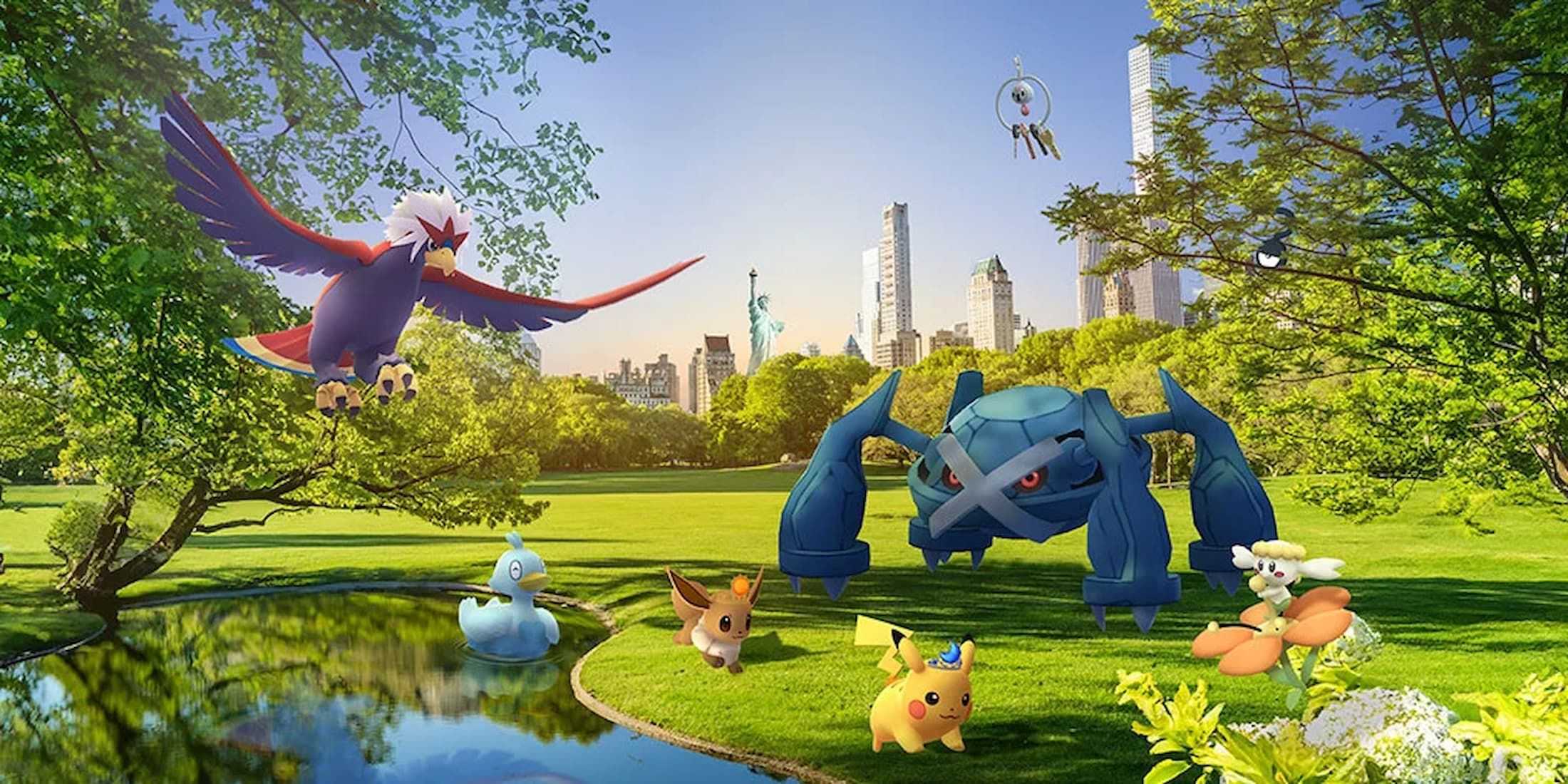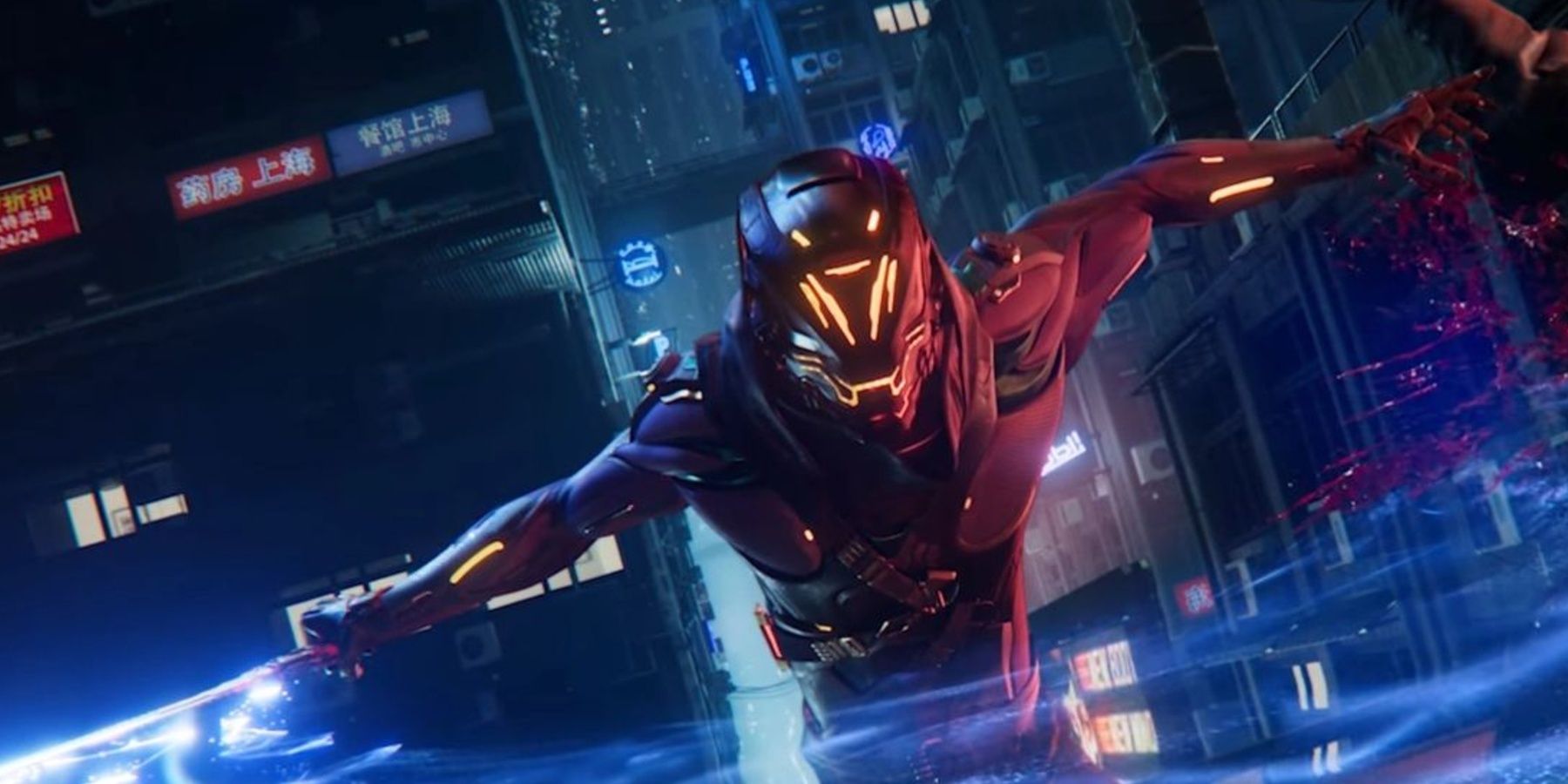Highlights
- Ghostrunner 2 delivers on fan expectations by retaining the fast-paced combat and one-hit-to-die mechanic from the original game while introducing new features and reworked traversal elements.
- The gameplay of Ghostrunner is more focused on movement rather than combat, with success depending on how players navigate the environment.
- Ghostrunner 2 improves on the traversal mechanics by offering more freedom in level design and allowing players to experiment with different approaches. The addition of a motorcycle enhances the fast-paced and intense movement challenges, making them more forgiving and concise.
Ghostrunner 2 has delivered on much of what fans were expecting based on its predecessor. The game has retained the fast-paced, challenging combat of the original, complete with the one-hit-to-die mechanic, but has also added several new features that weren't seen in the original Ghostrunner. With the game building upon the foundations laid by its 2020 predecessor, certain elements of the traversal system have been reworked.
The first Ghostrunner game is straightforward in many ways. Players inhabit the shoes of an android designed to be agile and lethal, and the gameplay adheres to this narrative premise rather strictly. The gameplay is a combination of quick traversal and one-hit-kill combat, which generally involves dodging and parrying attacks from enemies, which outnumber the player more often than not. Arguably, the game is more of a movement-focused game than a combat-focused one, as success in each encounter depends more on how the player navigates the environment than how they use their weapons. Still, Ghostrunner offers a number of mechanics and features that make combat more enjoyable; the same can't quite be said for the game's traversal.
Ghostrunner 2 Has Made Platforming Sections More Forgiving and Flexible
Ghostrunner's platforming works best when it's combined with its tight, nerve-wracking combat encounters, but the game will often feature platforming challenges devoid of combat. On-trend with the rest of the game, these sections demand perfection from players, requiring lightning-fast reaction times and short-term decision-making in the face of many environmental hazards—an approach that has been mirrored, to some degree, in Ghostrunner 2.
Sometimes, these platforming challenges are some of Ghostrunner's best moments, but they can also lead to frustration and don't always gel with the rest of the game. The most difficult platforming sections will typically involve long stretches of wall-running, grapple-hooking, and sliding while avoiding lasers or other one-hit-kill dangers. If a player makes even the smallest error or doesn't react quickly enough, they will often be sent back to the very beginning of the challenge. In the worst cases, this can lead to these sections being more frustrating than fun, as the repetition of unvaried parkour challenges runs the risk of turning monotonous.
Like any Good Sequel, Ghostrunner 2 Makes Many Improvements
There are a few ways that the sequel has made these sections more enjoyable. For one thing, while Ghostrunner features unique mechanics in combat encounters, platforming sections leave little room for creativity or experimentation, with players often being stuck on a set trajectory. Ghostrunner 2 is less stringent when it comes to level design, allowing players to take more than just one set path.
This increase in freedom rewards players for experimenting with different mechanics and approaches, offering alternate solutions to traversal problems and making the traversal gameplay less monotonous. The arrival of the motorcycle is another significant shakeup to the traversal foundations, facilitating movement challenges that are more fast-paced and intense, but more forgiving and concise.
It's safe to say that Ghostrunner is a movement-heavy game, and its developers clearly put effort into making its traversal mechanics satisfying and effective. However, it has far less freedom than other traversal-focused games, which can lead to monotony. Part of the allure of Ghostrunner is how challenging it is, but forcing players to repeat the same level or area numerous times can be a bit counterintuitive, discouraging players from making subsequent attempts.
By deepening the movement mechanics through additional options and adding more checkpoints, Ghostrunner 2 has made movement even more enjoyable than its predecessor. It still isn't a walk in the park, but it is more fun, rewarding, and engaging thanks to a bit more freedom and less frustration.
Ghostrunner 2 is currently available on PS5, PC, and Xbox Series X/S.




